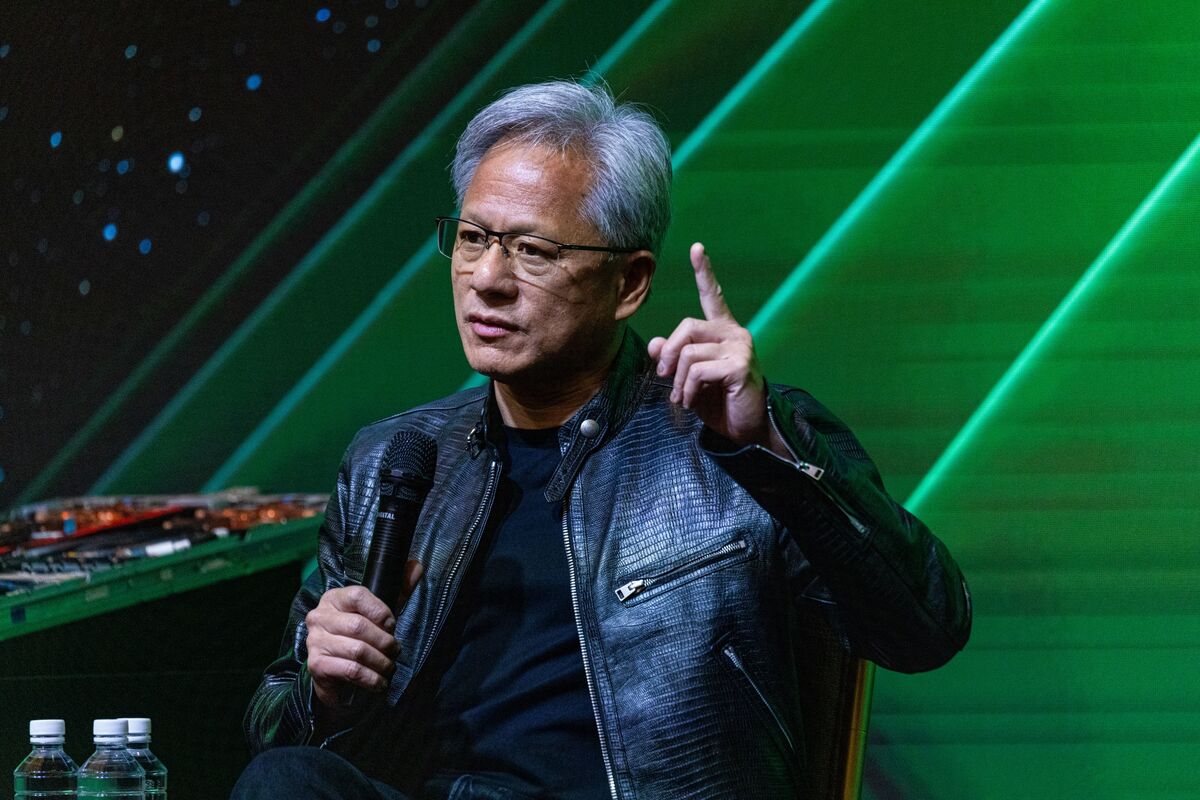Evolving Graph Learning for Out-of-Distribution Generalization in Non-stationary Environments
PositiveArtificial Intelligence
This paper discusses the advancements in graph neural networks, highlighting their success in dynamic graphs while addressing their challenges with out-of-distribution generalization in changing environments. It emphasizes the need to understand how evolving conditions affect these networks and proposes innovative solutions to improve their adaptability.
— Curated by the World Pulse Now AI Editorial System


